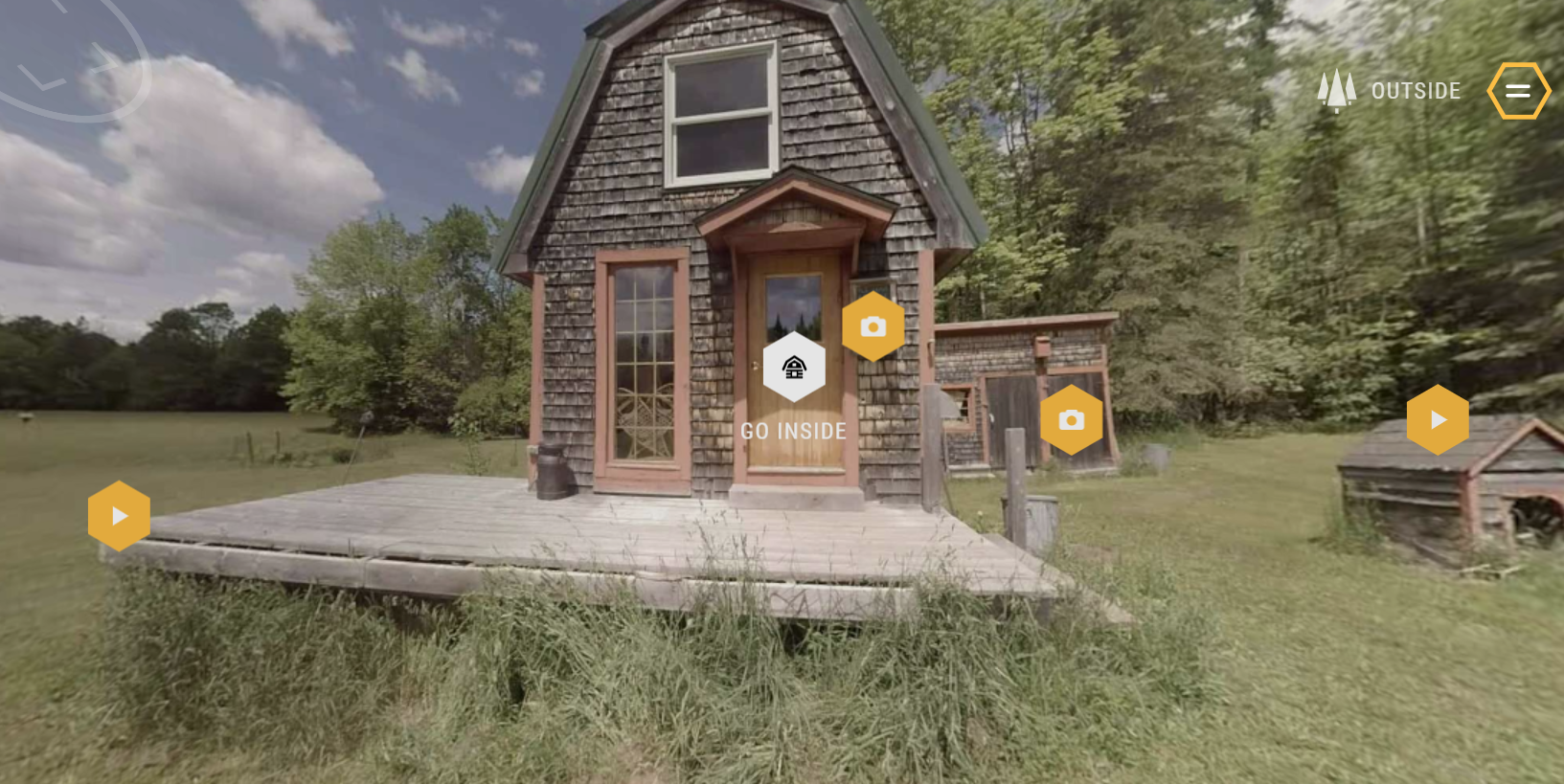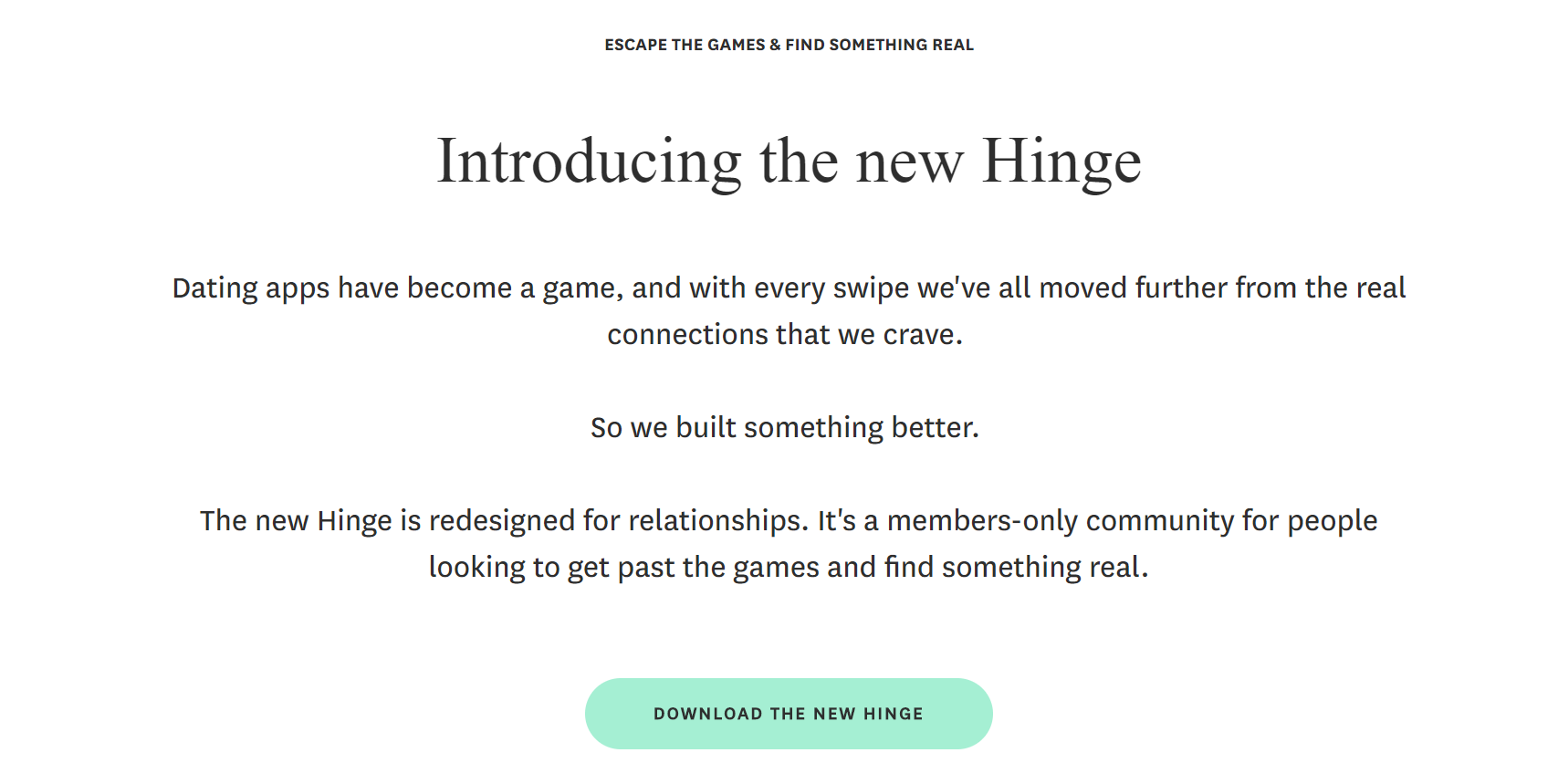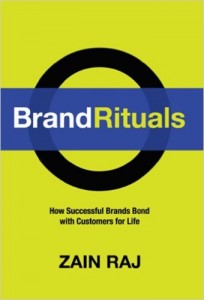In an era of intense competition, how can you make your brand stand out from the rest? You can start by telling a story that conveys your values, shares your history, and engages your audience.
Check out these brand storytelling case studies to see what you can learn from other brands.
Case Study 1: Burt’s Bees
Burt’s Bees makes effective use of storytelling to market themselves as a responsible, community-oriented company who promote an environmentally-friendly lifestyle. They have released several videos in which Burt, the founder, shares his outlook on life.

You can even visit Burt’s cabin and explore his home online. By inviting the consumer to appreciate Burt as a human being, the company inspire trust and loyalty. The online simulator also adds an element of fun and stimulates the viewer’s imagination.
Key Lessons:
- Consumers respond well to brands with a human face. If you have a charismatic founder or ambassador, make them part of your storytelling campaigns.
- Interactivity is also a key weapon to keep in your storytelling arsenal.
Case Study 2: Hinge
 Hinge, a dating app that positions itself as an alternative to mainstream options like Tindr, states that “the quality of your relationships determines the quality of your life.” On their website, they urge visitors tired of the “games” associated with other online dating sites to sign up to their service.
Hinge, a dating app that positions itself as an alternative to mainstream options like Tindr, states that “the quality of your relationships determines the quality of your life.” On their website, they urge visitors tired of the “games” associated with other online dating sites to sign up to their service.
Hinge set up a website – thedatingapocalypse.com – featuring a video exploring this theme in more depth. The two-minute animation depicts a desolate young man trying to find love in a dystopian dating-themed fairground, before exiting via a door branded with the Hinge logo and finding a suitable match in an idyllic landscape.
Key Lessons:
- Make reference to your audience’s personal needs and vulnerabilities as you tell your story.
- Help them visualize how your products and services will transform their future.
- Show that you empathize with their concerns and want to offer thoughtful solutions so that they can have their own happy ending.
Case Study 3: Warby Parker
 Warby Parker’s mission is to provide custom-made, high-quality glasses at an affordable cost. Their website includes a detailed “About Us” section in which the founders explained how they realized that glasses are often overpriced, and how they decided to form a socially-responsible company that makes eyewear accessible for all.
Warby Parker’s mission is to provide custom-made, high-quality glasses at an affordable cost. Their website includes a detailed “About Us” section in which the founders explained how they realized that glasses are often overpriced, and how they decided to form a socially-responsible company that makes eyewear accessible for all.
Their website also profiles seven Warby Parker customers, most of which work in desirable, creative professions. These profiles not only humanize the product, but also lend the range an aspirational edge. It is easy to see how the glasses might appeal to young creatives with big dreams and small budgets.
Finally, the website also provides an insight into the company’s charitable work. This instantly makes Warby Parker appear more likeable, and makes consumers feel positive about their money.
Key Lessons:
- Simple storytelling with a feelgood message inspires consumers.
- Sharing your history and manufacturing processes gives the impression of transparency, and shows that your business is run by real human beings.
- Stories can inspire longing and ambition in your customers, encouraging them to buy into your brand’s image.
Case Study 4: IBM
IBM has partnered with Melanoma Institute Australia and MoleMap to help develop and deliver its Watson technology, an AI innovation that can help clinicians diagnose melanoma. On their website, IBM explains that Watson is still learning how to identify melanoma by processing medical images and notes.
The company urges consumers to provide their photos and stories relating to melanoma to “join Watson in the fight.” They set up the hashtag #outthinkmelanoma to help people share information. To date, people from all over Australia have submitted data. IBM’s site also features real-life stories from people taking part in the project.
Key Lessons:
- Linking your product with worthy causes provides a great opportunity to tell stories that capitalize on people’s lived experiences and emotions.
- By making it clear to your audience that you are working with non-profit organizations, you will improve your reputation.
- Social media campaigns further increase positive engagement.
Case Study 5: Malteasers
https://www.youtube.com/watch?v=mx12fTwOQl0
Mars won three Marketing Society Excellence Awards in 2017 for its “Looking on the Lighter Side of Disability” campaign. The company produced a series of adverts featuring actors with disabilities navigating awkward social situations that affect everyone.
In each advertisement, a character with a disability is shown relating an amusing anecdote while enjoying Malteasers with friends. The campaign was praised for its positive portrayal of people with disabilities. It prompted debate in several public forums, including the British House of Commons.
Key Lessons:
- Taking a socially responsible attitude towards storytelling can earn you a reputation as a modern, inclusive brand.
- Using everyday anecdotes that lots of people can relate to will communicate to the audience that you are warm and approachable.
- Do not be afraid to use humor when telling stories.
- Be willing to take a few risks.
More Brand Storytelling Tips to Keep in Mind
Test your campaign with a small group of users before scaling it up. Draw up a buyer persona. Who are your ideal customers? How old are they? What kind of language do they use? What are their needs? It may take a few adjustments before you create a story that captures their attention.
If you are not comfortable writing copy or shooting your own videos, outsourcing will be well worth the investment. A homespun aesthetic can be endearing, but try to err on the professional side where possible.
If you are tailoring your storytelling campaigns to different regions, be sure that they fit with the local language and culture. Always use a translation service such as PickWriters for an awesome result. To quote the CEO, “It’s never been so essential that your copy proves compelling to audiences all over the world.”
Finally, storytelling will only work if it is authentic. There is no point in crafting beautiful content for your brand if it isn’t aligned with your true values. Take your time deciding what message you really want to say, and stay true to that vision as you construct your next story.
Want more? Get more brand storytelling examples here.











at 10:57 am
[…] uses cookies to improve functionality and performance, and to provide you with relevant click site advertising. If you continue browsing the site, you agree to the use of cookies on this […]
at 11:17 am
[…] from your life that is concise and has some interesting aspects. Determine what was the beginning, active development, what was the most dramatic point to you and how it all resolved. These personal […]
at 2:09 am
[…] uses cookies to improve functionality and performance, and to provide you with relevant click site advertising. If you continue browsing the site, you agree to the use of cookies on this […]